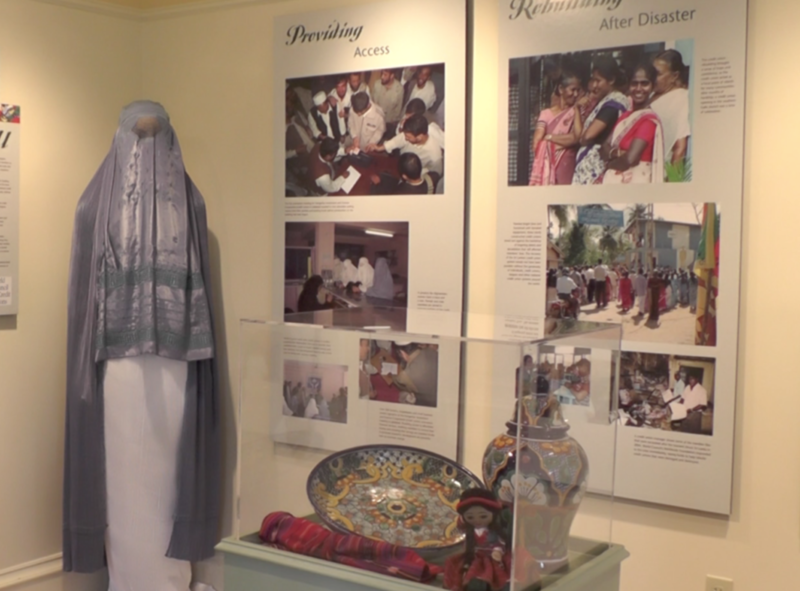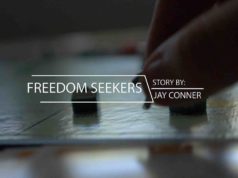
By Walter Laskos
Ever Wonder Why Credit Unions Were Formed?
By the beginning of the twentieth century, thousands of immigrants pursuing work and a better life found their way to the mills of the largest textile-manufacturing center in the nation—Manchester, New Hampshire. Although gainfully employed, they were denied the privileges of savings and credit.
On a hillside overlooking the mills stood St. Marie’s church. As pastor, Monsignor Pierre Hevey knew that many of his parishioners worked in these mills and needed a safe place to save their money and gain access to reasonable credit. With Counsel and guidance from Canada’s credit union movement leader, Alphonse Desjardins, and the commitment of local attorney Joseph Boivin to serve as the first president and house the credit union in his home, Monsignor Hevey and his parishioners established the first credit union in the United States in 1908.
Originally called St. Mary’s Cooperative Credit Association, its name was revised in 1925 to La Caisse Populaire Ste.-Marie, or “Bank of the People”, St. Mary’s.

Click Stars For Full October Show
From these humble beginnings the movement that promoted thrift and provided access to credit for the working class spread across America. Today there are more than 6,000 credit unions in the U.S. representing 100 million members.
Today in Manchester, New Hampshire, on the site where America’s first credit union opened its doors in 1908, America’s Credit Union Museum celebrates the remarkable efforts of the people who built the credit union movement more than 100 years ago.
In October’s episode of Better Banking, we take viewers on a brief tour of the museum, offering insights on the beginning of the credit union movement in the United States. We also talk with a leading cooperative executive who explains how the cooperative business model differs from other models aimed at serving the interests of shareholders. Understanding cooperatives is important in understanding credit unions and how they, as financial cooperatives, differ from their for-profit banking counterparts.
Maureen Jendzejec from Rhode Island Credit Union offers a brief presentation explaining what home equity loans are. To wrap the program, Bob DaSilva, President of Alliance Blackstone Valley Federal Credit Union, shares an overview of his credit union’s services and community support.






